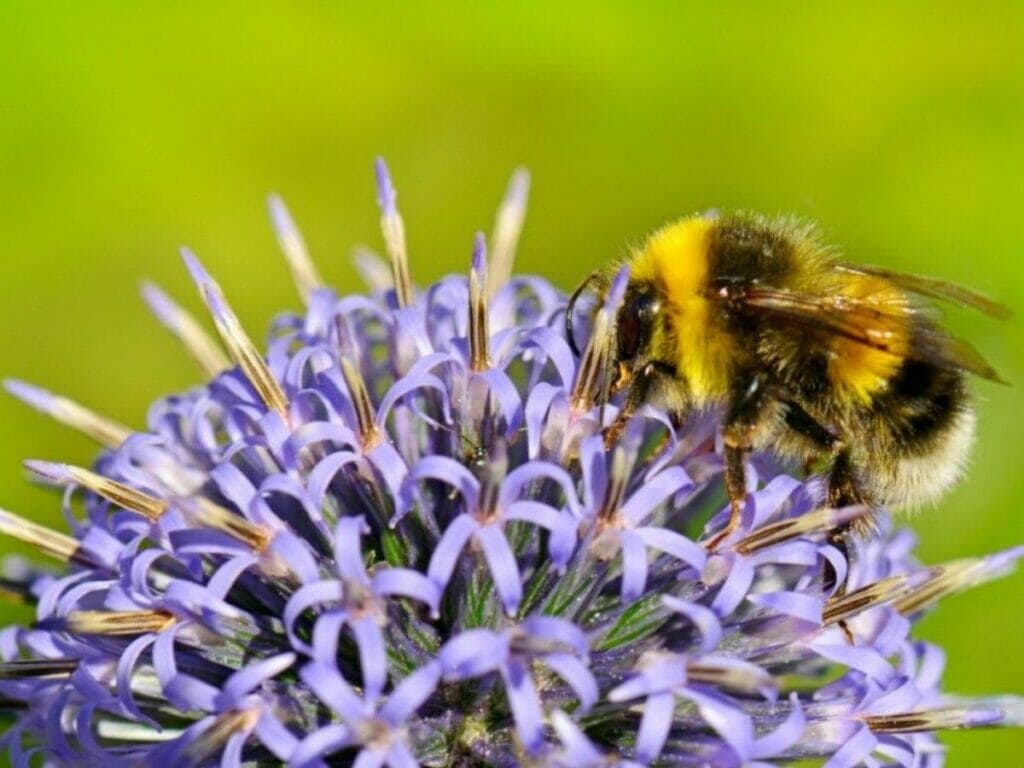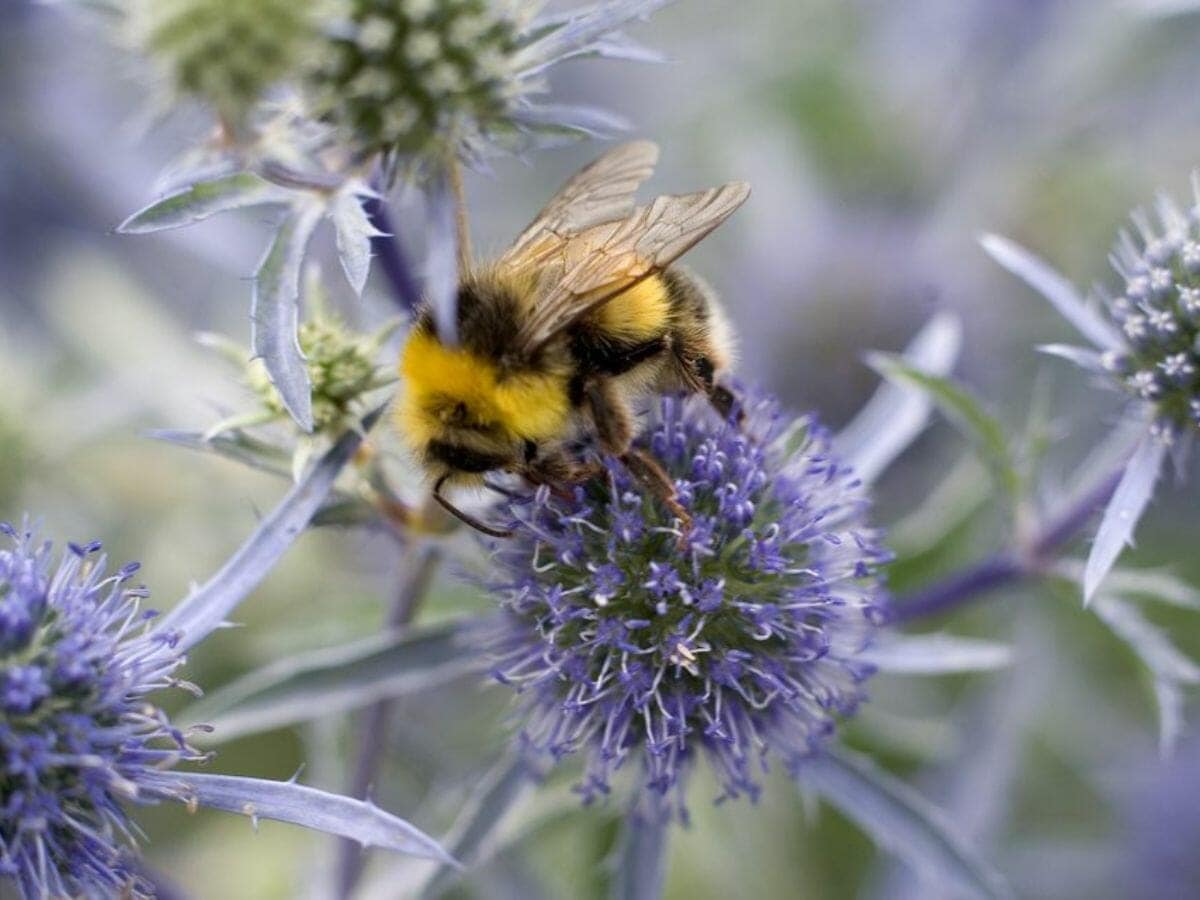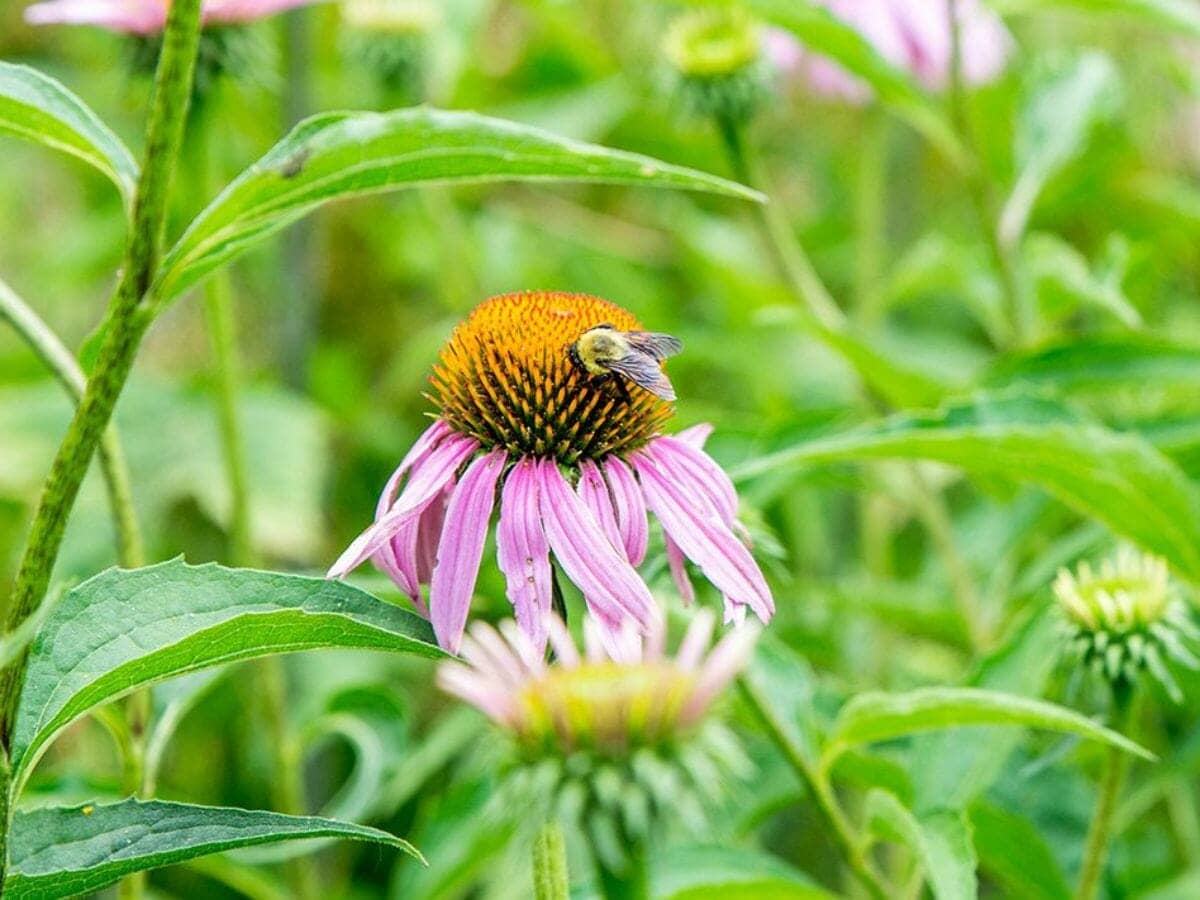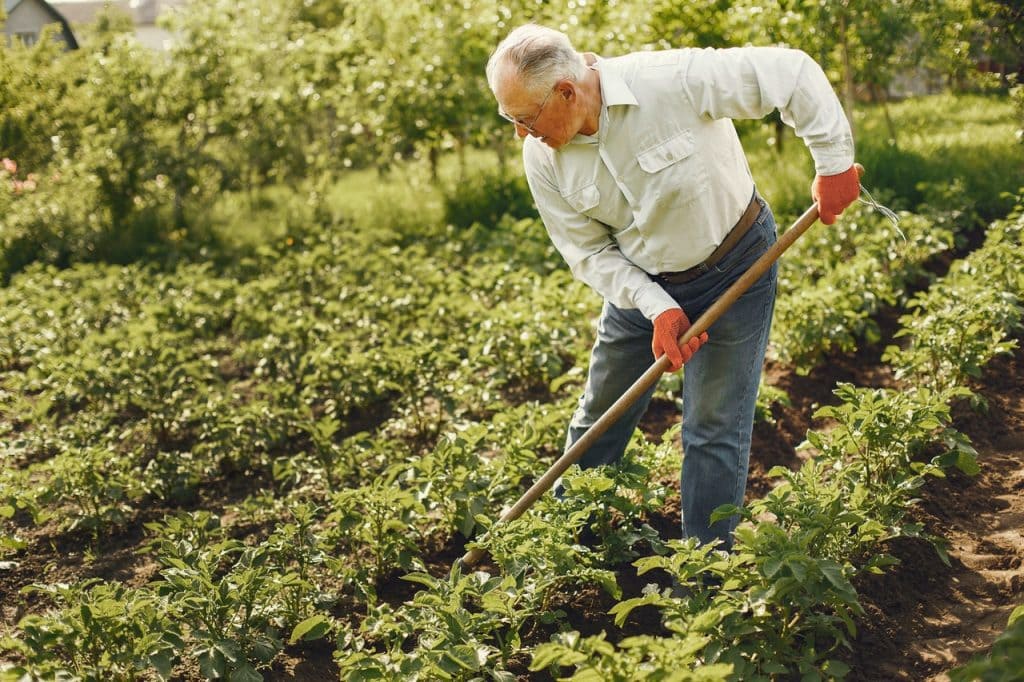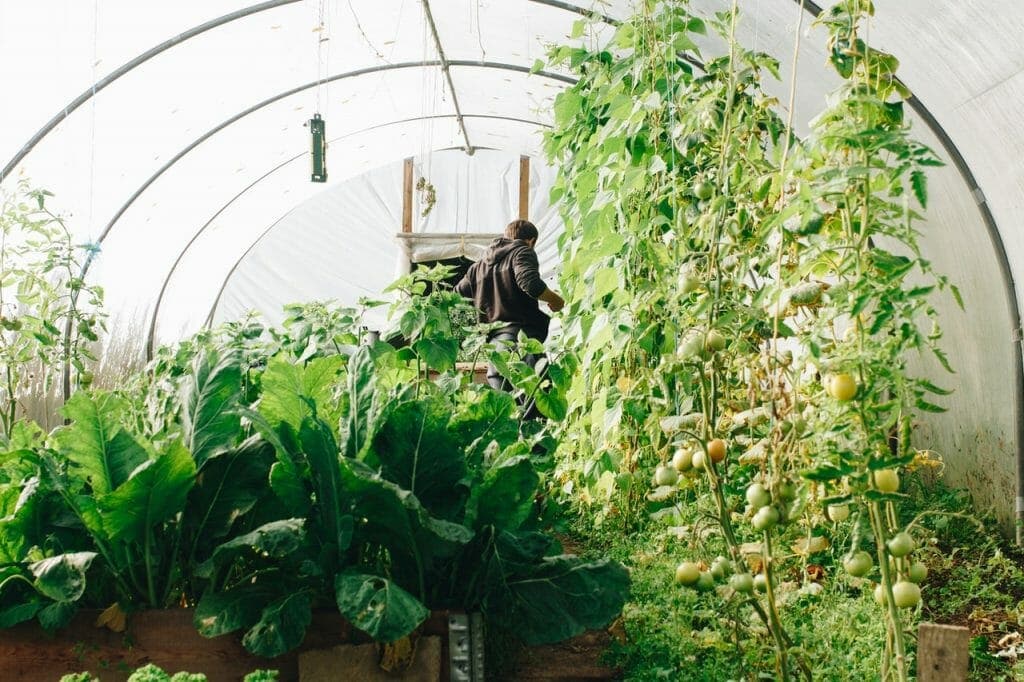When you want to attract bees to your garden, you need to be able to offer them a place to live. There are several ways to do this. For instance, you can try using pots and window boxes. You can also add trailing plants and bedding flowers. Low-growing bedding campanula and beach aster attract bees, and hardy geraniums are also appealing to pollinators. Alternatively, you can set up a “pollinator wall” in your garden by growing a variety of these plants.
Try leave-it-alone gardening
If you want to attract bees to your garden, try growing some perennial flowers. Bees prefer to visit flower patches of the same species. In the spring, you can plant flowers that will bloom from spring through summer. Bees will also enjoy a patch of flowers that is about 3 feet by 3 feet.
You can attract different species of bees by planting different varieties of flowers. Choose flowers that are suitable for native species of bees. Also, plant herbs that are loved by bees. Herbs that attract bees include Wild Marjoram plant, Mint, Fennel, Borage, Rosemary, Sage, Basil, Coriander, and Hyssop.
You can also try attracting bees by placing flowers in sunny areas of your garden. Since bees cannot fly in strong winds, make sure to plant flowers in areas with enough sunshine.
Go native
One of the best ways to attract bees to your garden is to plant native plants, such as wildflowers, which can provide them with nectar. Bees prefer sunny spots to shady areas, so planting flowers in sunny locations will attract them to your garden. Providing shelter from strong winds is also important, since bees are unable to fly when the wind is strong.
In addition to being important pollinators, bees can also add beauty to your garden. Native bees prefer ground areas that are not planted or mulched. They also love areas that receive morning sunlight and are south facing. Aside from plants, you can also attract native bees by adding dead wood to your garden. This wood provides excellent habitat for many other critters, including bees. Fallen branches and limbs can also be used to outline naturalized beds.
For the best results, plant flowers that are native to your region. Native plants attract bees better than exotic plants. Bees also prefer plants with clustered blooms. These flowers also provide reliable sources of pollen and nectar for the pollinators.
Mix it up
One of the best ways to attract bees to your garden is to plant native flowering plants. These flowers have low maintenance requirements and attract different pollinators. It is also advisable to plant single flowers because double flowers have more petals and produce little or no pollen. Also, double flowers are harder to reach and pollinate by bees.
Bees are attracted to flowers that bloom in full sun. They are especially attracted to flowers that have a shallow or flat blossom. In addition, long-tongued bees prefer plants from the mint family, because they have hidden nectar spurs.
If you want to attract bees to your garden, plant flowers that have various bloom times. These flowers will not only attract bees to your garden, but will attract other wildlife to your garden, such as hummingbirds, butterflies, and spiders. By providing different types of food for your bees, they’ll stay longer in your yard.
Stop spraying pesticides
If you’re looking to attract bees to your garden, stop spraying pesticides on your plants. Pesticides are not only harmful to bees, they also kill good insects. As a result, many of these chemicals are becoming less effective, and many pests are becoming resistant to pesticides. Unfortunately, you may also be killing off the natural predators that keep destructive bugs in check. Fortunately, there are some safe pesticides on the market that won’t harm bees.
Neonicotinoid pesticides are particularly harmful to bees. These poisons are extremely toxic, even at low levels, and they persist in plants for months or years. Moreover, these toxins cause the entire growing season of a plant to be toxic for beneficial insects.
Pesticide residues often drift to non-target plants, including flowers and fruits. Pesticides can also reach water sources, which can harm bees. By using coarse, non-destructive sprays, you can minimize the chances of drift and make sure to keep the nozzle close to the ground.
Shop smart
When shopping for flowers for your garden, choose a variety that will appeal to different bee species. Flowers that have different shapes and sizes will attract different kinds of bees. Choose plants that will bloom at different times of the year. Try to create flower patches that are at least four feet wide. Also, try to choose different shapes, sizes, and colors of flowers. This way, you can feed a variety of different bee species and types.
Bees prefer plants with bright colors and a mild scent. They also prefer flowers with a landing platform or shallow tubular flowers. You can visit a garden center to learn more about different types of flowers and what plants attract different types of bees. Ensure that the plants you choose are not too bright or overly red.
Flowers that attract bees include blue, purple, and white flowers. Besides flowers, there are a variety of herbs that can attract bees and help pollinate your garden. You can also use these plants in your cooking to add fresh flavor to dishes.
Plant milkweed
Planting milkweed in your garden is a great way to attract pollinators to your garden. These insects visit milkweed flowers for nectar, a sweet solution that is produced by the flowers. In addition, milkweed plants have unique pollen transfer systems. When an insect leaves a flower, it deposits a pollen packet on the flower’s column. This pollen packet will be carried to the next flower where it can be pollinated.
Milkweed plants can be found in a variety of traditional geographic settings, including fields and swamps, disturbed soil locations, and along roadsides. When planting milkweed in your garden, be sure to establish a dense colony. If possible, you can trellis the plants to keep their stems vertical. The resulting milkweed colony will attract a variety of pollinators, from bees to butterflies and ladybugs to hummingbirds.
Research has shown that monarch butterflies rely on milkweed plants to feed their larvae. As a result, milkweed planting has become an increasingly popular conservation method. There are several species of milkweed plants in the U.S., and each species exhibits unique growth habits. For instance, some species are taller and more ornamental, while others spread more widely across the landscape.
Just add water
If you want to attract bees to your garden, you need to provide them with a suitable source of water. There are several options, including adding water, sugar, salt, or chlorine to the water. The water should be safe for the bees to drink, so make sure the water is free from metals and plastics. Another option is to add oyster shells to the water, which will give it a salty ocean smell.
Some plants are known to attract bees. Herbs, such as Wild Marjoram, Fennel, Basil, and Sage, are popular with bees. These plants attract bees because they produce pollen and nectar. Besides flowering plants, weeds like creeping Charlie and dandelions are also attractive to bees.
Another way to attract bees is to plant flowers in sunny areas of your garden. Bees are attracted to bright flowers and nectar. Make sure to use a variety of flower varieties, as these types attract more bee species. Also, make sure you plant flowers in areas where there is shelter from strong winds.
Conclusion
In order to attract bees to your garden, you need to provide them with the right habitat. Bees are attracted to sunnier areas, so try planting your flowers in places where the sun can reach them. Also, you need to provide a shelter for them against strong winds. Bees are not able to fly if they are in strong winds.
Bees are attracted to a wide variety of plants. These plants provide food, water, and shelter, and they will visit your garden. Although you may want to plant some exotic plants to make your outdoor area look cool, native plants will attract bees more. Native plants and flowers attract four times as many as exotic plants.
Bees love flowers and nectar, and they’re attracted to many types of flowers. Some flowers are more attractive to bees because of their rich nectar and pollen content. Other flowers have a more decorative look, or have a structure that is more conducive to their pollination.

